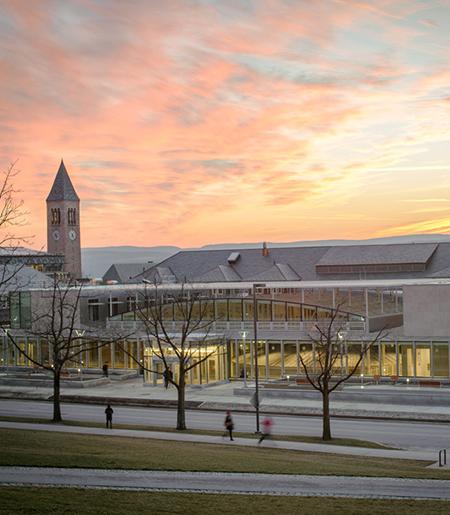Publications
Schang, Andy, Matthew Dew, Emily M. Stump, N. G. Holmes, and Gina Passante. 2023. “New Perspectives on Student Reasoning about Measurement Uncertainty: More or Better Data.” Phys. Rev. PER, 19(2), 020105. https://doi.org/10.1103/PhysRevPhysEducRes.19.020105.
Walsh, Cole, H. J. Lewandowski, and N. G. Holmes. 2022. “Skills-Focused Lab Instruction Improves Critical Thinking Skills and Experimentation Views for All Students.” Phys. Rev. PER, 18(1), 010128. https://doi.org/10.1103/PhysRevPhysEducRes.18.010128.
Sundstrom, Meagan, Ashley B. Heim, Barum Park, and N. G. Holmes. 2022. “Introductory Physics Students’ Recognition of Strong Peers: Gender and Racial or Ethnic Bias Differ by Course Level and Context.” Phys. Rev. PER, 18(2): 020148. https://doi.org/10.1103/PhysRevPhysEducRes.18.020148.
Stump, Emily M., Matthew Dew, Sophia Jeon, and N. G. Holmes. 2023. “Taking on a Manager Role Can Support Women’s Physics Lab Identity Development.” Phys. Rev. PER, 19(1): 010107. https://doi.org/10.1103/PhysRevPhysEducRes.19.010107.
Heim, Ashley B., Cole Walsh, David Esparza, Michelle K. Smith, and N. G. Holmes. 2022. “What Influences Students’ Abilities to Critically Evaluate Scientific Investigations?” PLOS ONE 17(8): e0273337. https://doi.org/10.1371/journal.pone.0273337.
Smith, E. M., & Holmes, N. G. (2021). Best practice for instructional labs. Nature Physics, 1–2. https://doi.org/10.1038/s41567-021-01256-6
Smith, E. M., Stein, M. M., Walsh, C., & Holmes, N. G. (2020). Direct Measurement of the Impact of Teaching Experimentation in Physics Labs. Phys. Rev. X, 10(1), 011029. https://doi.org/10.1103/PhysRevX.10.011029
Quinn, K. N., Kelley, M. M., McGill, K. L., Smith, E. M., Whipps, Z., & Holmes, N. G. (2020). Group roles in unstructured labs show inequitable gender divide. Phys. Rev. PER, 16(1), 010129. https://doi.org/10.1103/PhysRevPhysEducRes.16.010129
Holmes, N. G., & Wieman, C. E. (2018). Introductory physics labs: We can do better. Physics Today, 71(1), 38–45. https://doi.org/10.1063/PT.3.3816
Holmes, N. G., Wieman, C. E., & Bonn, D. A. (2015). Teaching critical thinking. PNAS, 112(36), 11199–11204. https://doi.org/10.1073/pnas.1505329112
